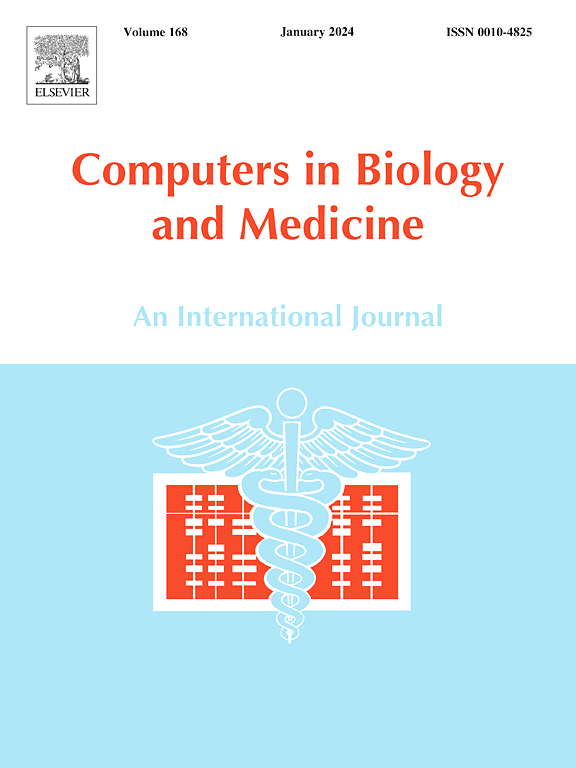Process management in diabetes treatment by blending technique
IF 7
2区 医学
Q1 BIOLOGY
引用次数: 0
Abstract
Diabetes is a condition marked by persistent metabolic issues and elevated blood glucose levels, which can cause to damage several organs, including eyes, heart, kidneys and nervous system. Effective management of this disease vital to mitigate long-term complications. This research uses advanced AI and ML methods, based on data from E-Nabız personal health record, to predict blood glucose levels in people with diabetes and identify factors that affect these levels. The study is primarily aimed at monitoring and managing diabetes and will investigate whether the condition of diabetic individuals improves. Within this framework, 108 features and 86115 records sourced from E-Nabız including lab results, medical history and medication records were examined to determine key indicators of diabetes management. Features used were selected by intersecting the best 20 features determined by 9 techniques using SFM, MI, RFE, CHI2, ANOVA, KW, CATB, XGB and LGBM. Selected features were evaluated using blending technique, with CATB, XGB and LGBM as first models and ETC as meta-model. Blending approach produced a strong performance, achieving 92.52 % precision, 92.51 % recall, 92.51 % F1-score and 92.50 % accuracy in final score. This approach leverages the strengths of different classification models, reducing weaknesses, increasing reliability and improving overall performance by better representing various features of dataset. While literature generally focuses on single model or traditional ensemble methods, this work presents a more advanced and effective combination strategy. It also highlights the important role that certain factors such as age, medications and cholesterol levels play in diabetes assessment. This study contributes to literature on both theoretical and practical levels by increasing applicability of AI applications in clinical practice and health management. These findings could help healthcare professionals better monitor patient's condition, develop more personalized approaches, and help ensure a positive patient response to treatment.
求助全文
约1分钟内获得全文
求助全文
来源期刊

Computers in biology and medicine
工程技术-工程:生物医学
CiteScore
11.70
自引率
10.40%
发文量
1086
审稿时长
74 days
期刊介绍:
Computers in Biology and Medicine is an international forum for sharing groundbreaking advancements in the use of computers in bioscience and medicine. This journal serves as a medium for communicating essential research, instruction, ideas, and information regarding the rapidly evolving field of computer applications in these domains. By encouraging the exchange of knowledge, we aim to facilitate progress and innovation in the utilization of computers in biology and medicine.
 求助内容:
求助内容: 应助结果提醒方式:
应助结果提醒方式:


